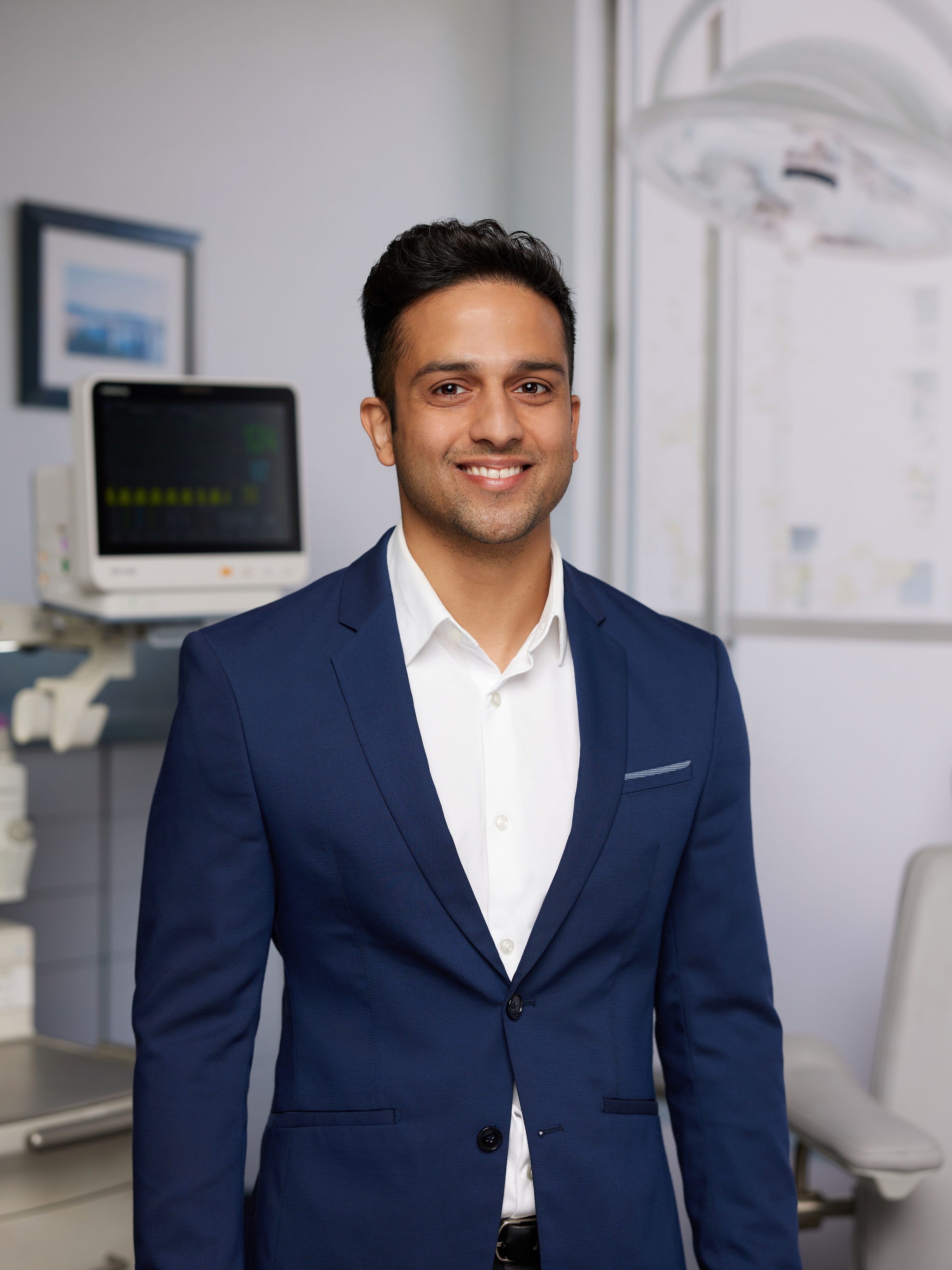As the field of oral and maxillofacial surgery continues to evolve, the longstanding debate between the 4-year and 6-year training pathways remains a topic of professional reflection and institutional strategy. Both models aim to produce competent, board-certified surgeons equipped to manage complex pathology and trauma of the maxillofacial region, yet their curricular structures and clinical emphases diverge in ways that impact not only education but identity within the broader healthcare landscape.
The 6-year dual-degree model, typically culminating in both a DMD/DDS and an MD, integrates a year or more of general medical education and rotations. This structure often appeals to those pursuing hospital-based academic practice, high-acuity surgical cases, or interdisciplinary collaboration in settings where an MD carries institutional currency. It can also enhance candidacy for fellowship programs in head and neck oncology, craniofacial surgery, or cosmetic facial surgery.
Conversely, the 4-year program streamlines surgical training without the added time or financial burden of a medical degree, focusing intensely on operative experience, anesthesia, and core maxillofacial competencies. Graduates are fully qualified for private practice or hospital-based roles and often enter the workforce earlier, with fewer years of educational debt.
Ultimately, both pathways demand rigorous training, high surgical acumen, and commitment to lifelong learning. Rather than framing them in hierarchical terms, the profession may be better served by acknowledging that the value of either pathway is best measured by the surgeon’s scope, goals, and impact—not the initials after their name.














